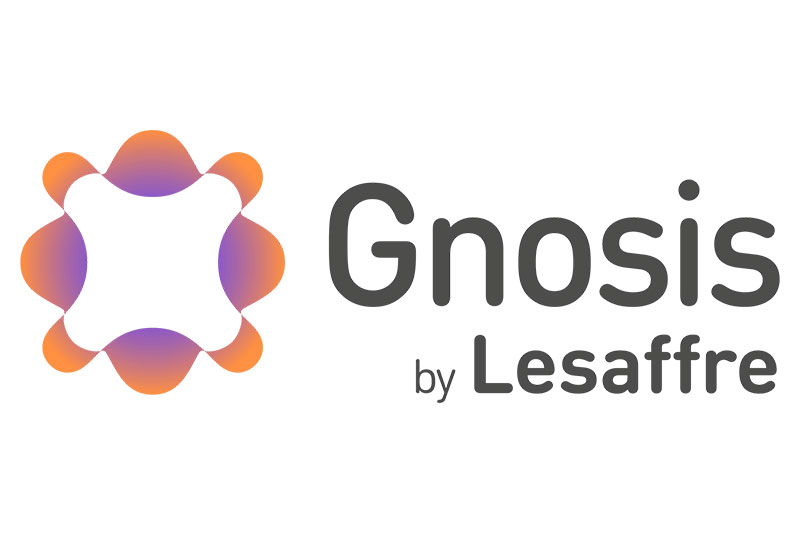Folate, also known as vitamin B9, is critical in numerous biological processes that are vital to maintaining good health. It is involved in DNA replication, repair, and cellular methylation—essential for normal cell division and function.¹
Because of its crucial role in these cellular activities, folate is required to develop and maintain healthy tissues and organs. Folate is particularly important for pregnant women, as it supports the early development of the fetal brain and spinal cord, reducing the risk of neural tube defects (NTDs) like spina bifida and anencephaly.
Yet folate is more than just a “pregnancy nutrient”—folate deficiency can lead to serious health problems, including megaloblastic anemia, in which the bone marrow produces abnormally large and immature red blood cells.² As such, folate deficiency has been recognized as a significant global public health issue, with millions of people worldwide, particularly in low- and middle-income countries, at risk.
Concerns about folic acid
In response to this growing concern, some countries have introduced strategies to boost folate consumption across the population. One of the most common strategies has been fortifying staple foods, mainly wheat and corn flour, with synthetic folic acid. For instance, Brazil's government has mandated folic acid fortification to reduce the prevalence of neural tube defects and other folate deficiency-related conditions.
However, the widespread use of synthetic folic acid in food fortification has raised concerns in recent years. Research has suggested that excessive synthetic folic acid intake may have potential long-term health risks.
One primary concern is the accumulation of non-metabolised folic acid in the bloodstream, which can occur with excessive folic acid consumption. This unmetabolised form of folic acid can mask vitamin B12 deficiencies, which are particularly problematic in older adults and individuals with poor vitamin B12 absorption. Additionally, there are worries that high levels of folic acid may increase the risk of other health issues, such as certain cancers and cognitive decline in older adults.³
A better solution
These concerns have prompted a re-evaluation of the strategy of using synthetic folic acid for fortification. Experts advocate for using more natural, bioavailable forms of folate, such as 5-MTHF (5-methyl tetrahydrofolate), to mitigate the risks associated with excess synthetic folate.
Quatrefolic® is the glucosamine salt of (6S)-5-methyltetrahydrofolate and is structurally analogous to the reduced and active form of folic acid; it is naturally present in the body and readily available for its biological functions.
References:
¹ Bailey LB et al. Folate metabolism and requirements. J Nutr. 1999
² Morris MS, et al. Folate and vitamin B-12 status in relation to anemia, macrocytosis, and cognitive impairment in older Americans in the age of folic acid fortification. Am J Clin Nutr. 2007 Jan
³ Pfeiffer CM, et al. Unmetabolized folic acid is detected in nearly all serum samples from US children, adolescents, and adults. J Nutr. 2015 Mar

